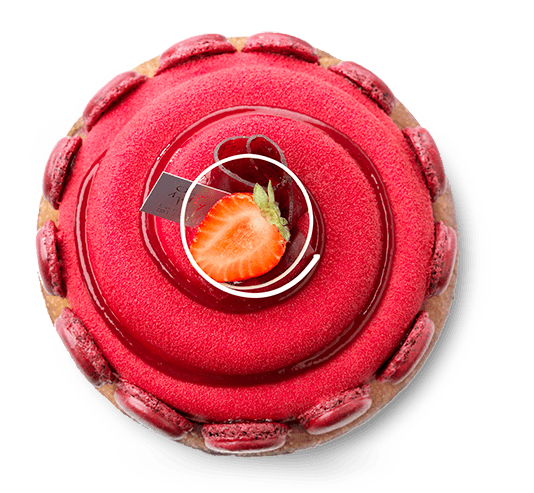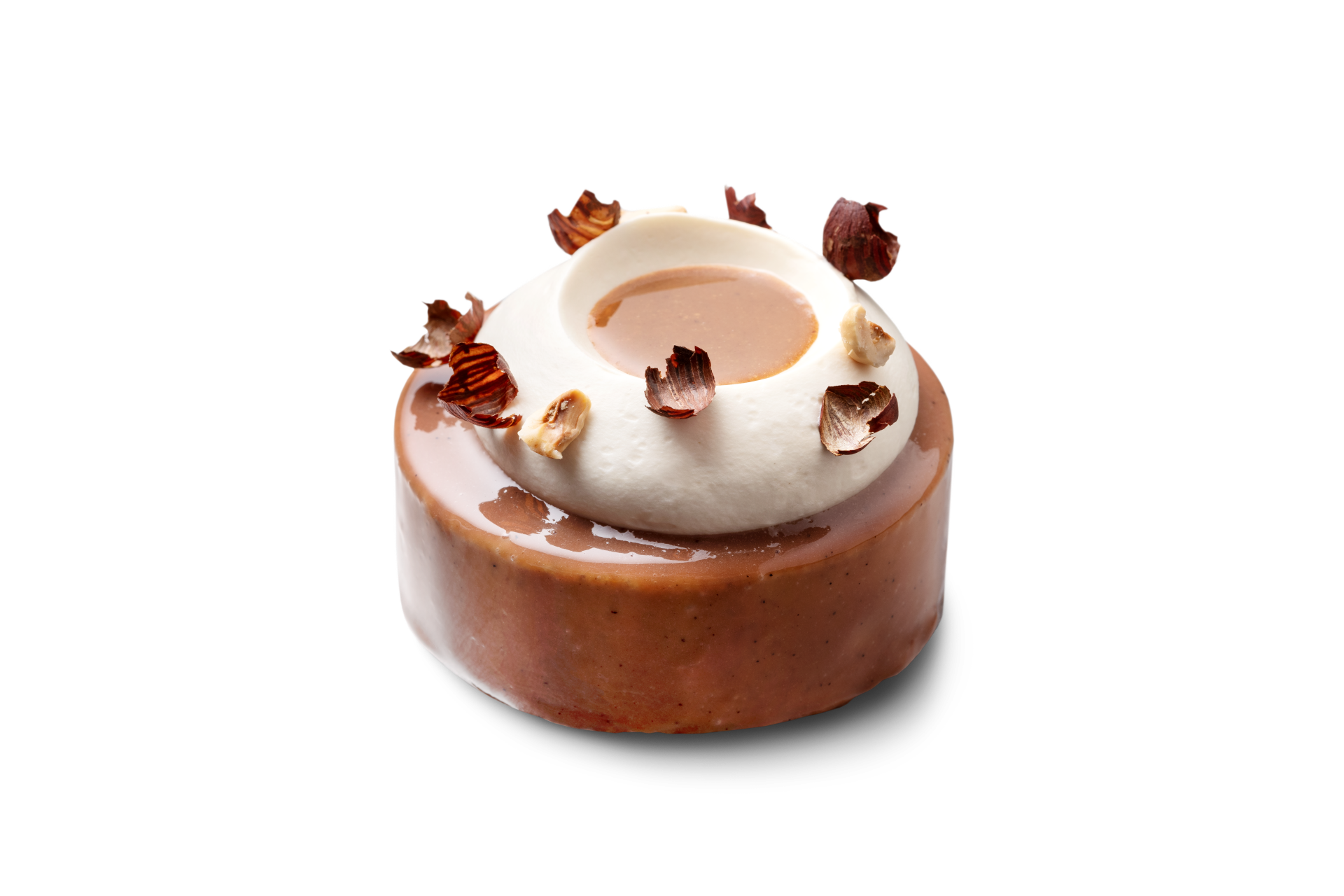Summer butter and winter butter
Butter is one of the most versatile fats we have and a major source of flavour in a wide range of bread and pastry products. The composition of butter varies throughout the year. To start with, you have summer butter and winter butter. Additionally, Debic also developed performance butters, which have the same solidity and elasticity all year round.

All butter is made of cow’s milk, which gives it that distinctive and pure dairy taste. However, there are many different kinds of butter. Just look at the difference between summer and winter butter. Summer butter is made from the milk of cows that graze outdoors between April and October. Summer butter is soft, relatively yellow in colour and contains many unsaturated fatty acids. Summer butter is also referred to as grass butter sometimes. Winter butter, which we also call hay butter, comes from milk from cows which are kept in stalls and fed dry fodder between October and April. Winter butter is harder than summer butter and contains more saturated fatty acids.

Traditional butters such as winter butter and summer butter are made by churning cream. The fat in butter comes exclusively from buttermilk or cream. The production process is entirely physical, which means that the molecules of the substances do not change and no new substances are formed during the production process. Debic's classic basic butter with 82% fat is not fractionated. As a result, the butter has a melting point of around 29 degrees in summer and around 34 degrees in winter. A beautiful, natural process! But the variable melting point affects the flavour and workability of butter. Winter butter is excellent for lamination, for example. While summer butter, with its lower melting point, quickly becomes less plastic in a warm bakery in summer with higher outside temperatures, which makes rolling and laminating more difficult. Moreover, it is hard to predict when wholesalers will deliver summer or winter butter.

Debic has developed a number of performance butter types in addition to traditional butter. These performance butters also consist of 82% fat but are fractionated during the production process. In other words, hard and soft butter fats are separated so that a butter with a desired melting point can be created. By gradually cooling the melted milk fat, a desired hardness and flexibility can be selected. With its performance butter varieties, Debic offers stable butter that always has the same firmness and elasticity despite the differences in the milk throughout the year. This means that food professionals such as bakers and pastry chefs can rely on a constant butter for all their recipes.

Debic offers incorporation butter a soft butter which mixes easily with other ingredients such as sugar, flour or eggs. This butter is very suitable for making cake or biscuit batter, shortcrust dough, cream or brioche dough. In addition, the Debic range also includes lamination butter, also sometimes referred to as tourage butter. This butter has a high plasticity and is used for making puff pastry and viennoiserie. Examples include apple pies, croissants, chocolate rolls and tompouces. The structure and firmness of these laminated butters are determined by the melting point, the degree of undercooling, the preparation process and the speed at which this takes place. Debic's performance butters allow food professionals to have the most ideal butter for every application and circumstance!

Check our article on how to roast vegetables in 7 seps!
Discover more


